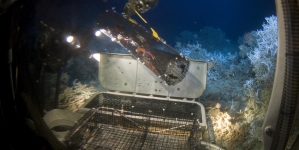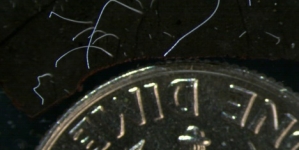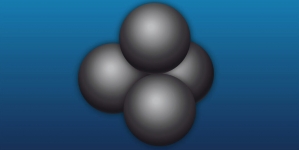-
LONDON: Indian-Origin Teen In UK Gets “Life-Changing” Cancer Treatment - 14 hours ago
-
SILICON VALLEY: All About Pavan Davuluri, New Head Of Microsoft Windows - 14 hours ago
-
LONDON: UK’s India Gate To Commemorate Role Of Indian Soldiers From World Wars - 2 days ago
-
HARARE: Shri Bramha Kumar appointed as the next Ambassador of India to the Republic of Zimbabwe - 2 days ago
-
LONDON: Indian-Origin Principal Wins UK Legal Challenge Over School Prayer Ban - April 23, 2024
-
TORONTO: Indian-Origin Doctor Needs ₹ 2 Crore For Legal Fees. Elon Musk Responds - April 22, 2024
-
KINSHASA: India-Democratic Republic of Congo Foreign Office Consultations - April 21, 2024
-
LONDON: UK Court Allows Sale Of Nirav Modi’s Luxury London Apartment - April 21, 2024
-
TEHRAN: Travel advisory for Iran and Israel - April 20, 2024
-
LUXEMBOURG: Shri Saurabh Kumar concurrently accredited as the next Ambassador of India to the Grand Duchy of Luxembourg - April 20, 2024
BERLIN: Scientists decode how coronavirus interacts with proteins in human cells
BERLIN:
Scientists have charted the first atlas showing how the genetic material of the
novel coronavirus interacts with the proteins in human cells, an advance which
may provide a starting point for the development of new treatments against
Covid-19.
According to the researchers, including those from Broad Institute in the US,
one of the most urgent tasks is to understand all the molecular interactions
between the virus and the cells it infects.
They explained that a detailed understanding of these interactions will help
identify the processes in host cells which favour the multiplication of the
virus, and the ones which activate the host immune system.
While the SARS-CoV-2 virus uses host proteins to replicate, the scientists said
until now, there has been no detailed understanding of all the proteins
occurring in human cells which interact with the viral genetic material — its
RNA.
In the current research, published in the journal Nature Microbiology, the
scientists created the first global atlas of direct interactions between the
SARS-CoV-2 RNA and the proteins present in human cells.
Based on the findings, the researchers also identified important regulators of
viral replication.
The scientists infected human cells with the novel coronavirus, purified the
viral RNA and identified the proteins bound to it.
“In this particular case, we were able to perform quantitative
measurements to identify the strongest specific binding partners,” said
study co-author Mathias Munschauer from the Helmholtz Institute for RNA-based
Infection Research (HIRI) in Germany.
The scientists said the atlas of RNA-protein interactions offers unique
insights into SARS-CoV-2 infections, enabling the systematic breakdown of
factors influencing the replication of the virus, and host defense strategies
— a crucial prerequisite for the development of new therapeutics.
From the results, the scientists identified 18 host proteins that play an
important role during SARS-CoV-2 infection, and found 20 small molecules that
may inhibit these proteins.
They believe the two proteins CNBP and LARP1 are particularly interesting.
The researchers also identified target sites in these proteins that could be
used to inhibit the replication of the virus.
According to Munschauer, the characterization of LARP1 as an antiviral factor
is a major finding.
“The way LARP1 binds to viral RNA is very interesting, because it is
similar to the way LARP1 regulates certain cellular messenger RNAs that we
already know. This in turn provides insights into possible mechanisms of
action,” he added.
According to the scientists, three out of four small molecules they tested
inhibited viral replication in different human cell types — findings that may
open up new ways to treat Covid-19.























